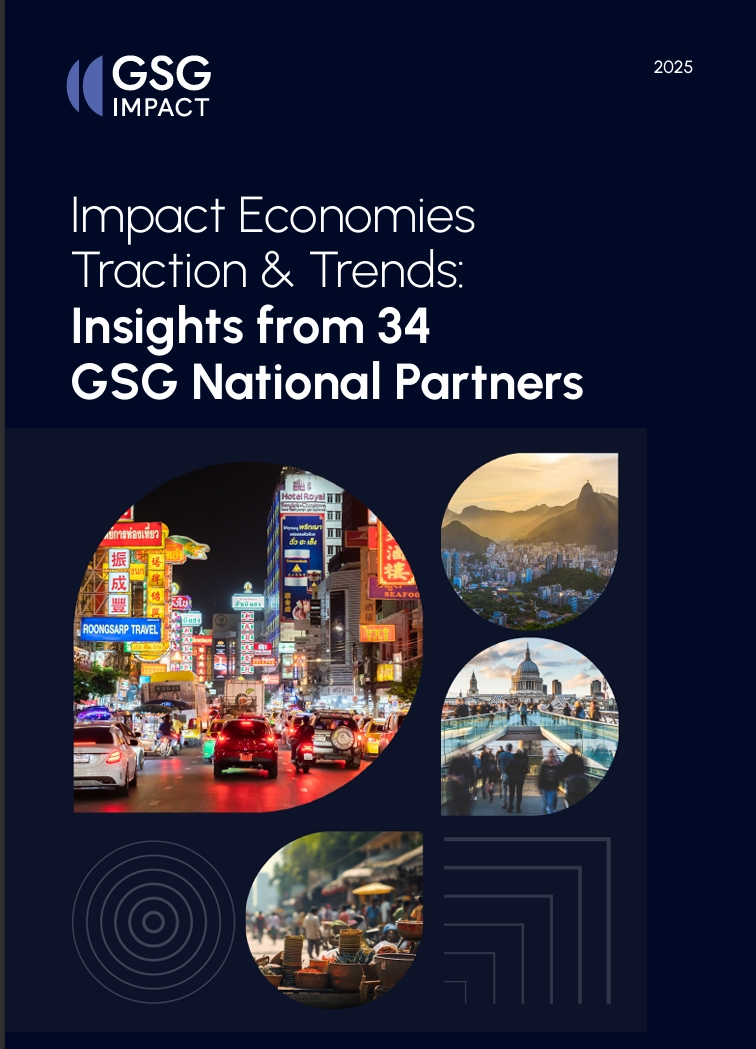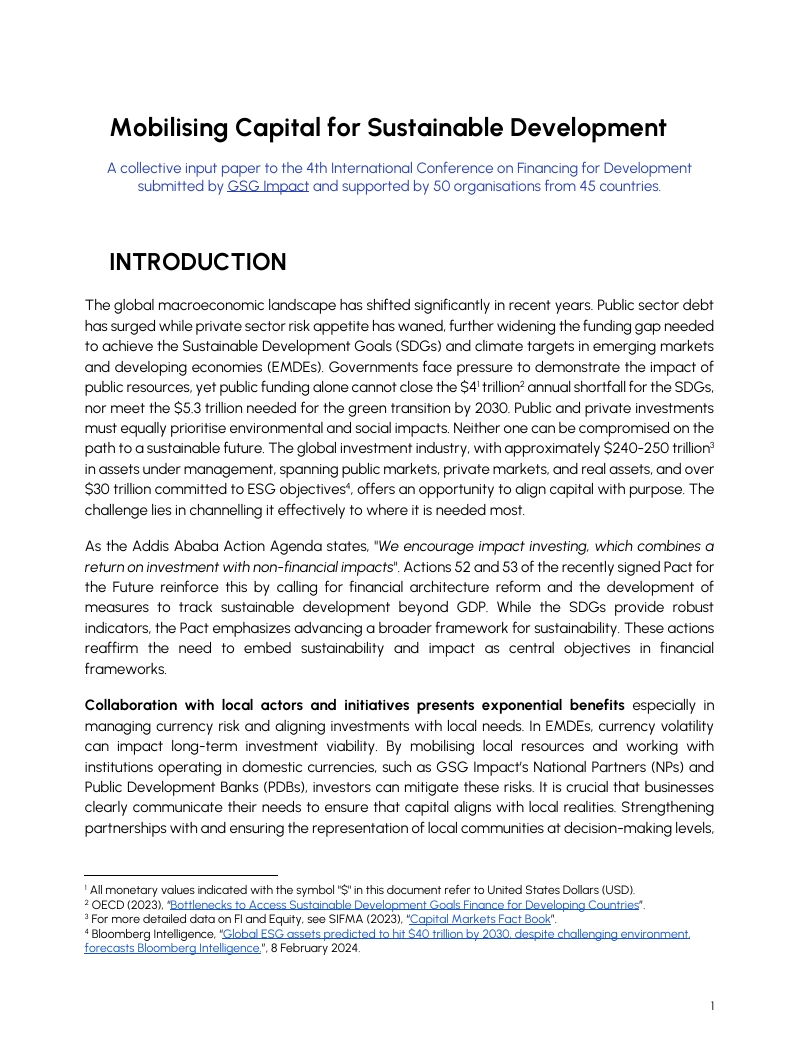
What impact investment is and why its continued growth matters
Our global model is challenged by the escalating risks of climate change, biodiversity loss, and rising inequality within and between countries.
Covid widened the poverty gap. It alerted us to the fragility of our systems and the need to invest in resilience and inclusion. It also inspired some of us in our search for a better system. This all amidst a growth in populism and a legitimate challenge to the neo-liberal democracy system that we in the West have become so used to.
We have a clear set of goals to guide us in addressing these challenges — the 2030 UN Sustainable Development Goals (SDGs) and Net Zero commitments. Now we must demonstrate real delivery. Net Zero momentum has added to the SDGs, together guiding public and private resource allocation.
The investment requirements are immense and well-known. According to the International Energy Agency, an estimated $4 trillion in clean energy investment is needed every year between now and 2050 to keep global warming to within 1.5°C¹. There will never be enough public money to resolve these challenges, especially in emerging economies. Kenya, estimates that it requires $62 billion annually for is climate plan; its own public resources have capacity to cover only 13% of this figure².
The SDGs and the necessary just transition to Net Zero will not happen without the full engagement of private enterprise, underpinned by innovation and capital supplied at the right cost. Harnessing more private capital for public good is essential. Global financial markets represent a hugely powerful — and hitherto underutilised — lever for the systemic changes we need to see.









